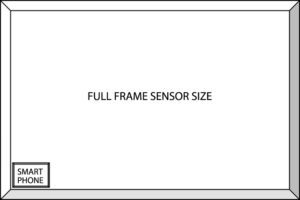The Selfie Self-Destruct Scenario
Still, many people are tempted by the relative ease with which you can snap your own selfie. On top of that, it is free and free is always good, right? This is the Selfie Self-Destruct Scenario: “I’ll just take a selfie – and wonder why I’m not getting messages from my profile.” The quickest way to put your resume, application, etc. at the bottom of the list is to have a selfie to go with it, regardless of the profession.
This is also true with your LinkedIn profile, where a professional photographer is recommended. As noted, many professions are not immune: accountant, actor, doctor, lawyer, model, real estate agent, and so on. How likely are you to hire one of these after landing on their website and seeing a selfie as their headshot? While you might tell yourself using that selfie of you is not that bad, research proves otherwise.
More Reasons to Not Do Selfies
Here are some other quick reasons to avoid selfies and to use a pro instead… Approximately 88 percent of hiring managers said that they felt a selfie on an online CV was unprofessional. And, from the same survey, 58 percent also said they would not hire someone who had specifically used a selfie on LinkedIn.
Getting a professional headshot done demonstrates self-confidence, a desirable trait employers seek. Also, you only get one chance at a first impression and it can do damage if it’s not good – your headshot is often the first impression for an online profile. Other reasons can be listed but, the point is clear. Be sure to avoid the Selfie Self-Destruct Scenario.
There are a lot of factors that play a role in making your headshots good or bad. Stay away from using a smartphone as the camera for your headshots. It’s just unprofessional.
Finding a Professional Headshot Photographer
So, perhaps you have decided to avoid the Selfie Self-Destruct Scenario. You will then need to find a professional headshot photographer. This can be difficult, particularly if its headshots in Los Angeles other large metro areas. You’ll want to make a short list, and this will likely begin by checking out reviews online and photographer portfolios on their websites.
When viewing their portfolio, be sure to do so on a desktop monitor or very high-resolution laptop. The reasons you do not want to do this on a smartphone have been stated. You will also want to have a call with them, so you can evaluate their professionalism.
Getting on the phone with them is also an opportunity to evaluate how much they know. Even if you do not know yourself, ask them about their equipment and why they use it. Do they do retouching and what they do it on and why. Again, even if you do not know about the topic, knowledgeable people generally sound knowledgeable. It is an opportunity for you to see if they stumble.
Besides, if you have reached this point in the article, you at least have an understanding that full frame cameras matter. Lighting is the next critical component, and it needs its own article. But a professional photographer will be able to use studio lighting with a full frame camera to make headshots even higher quality.





